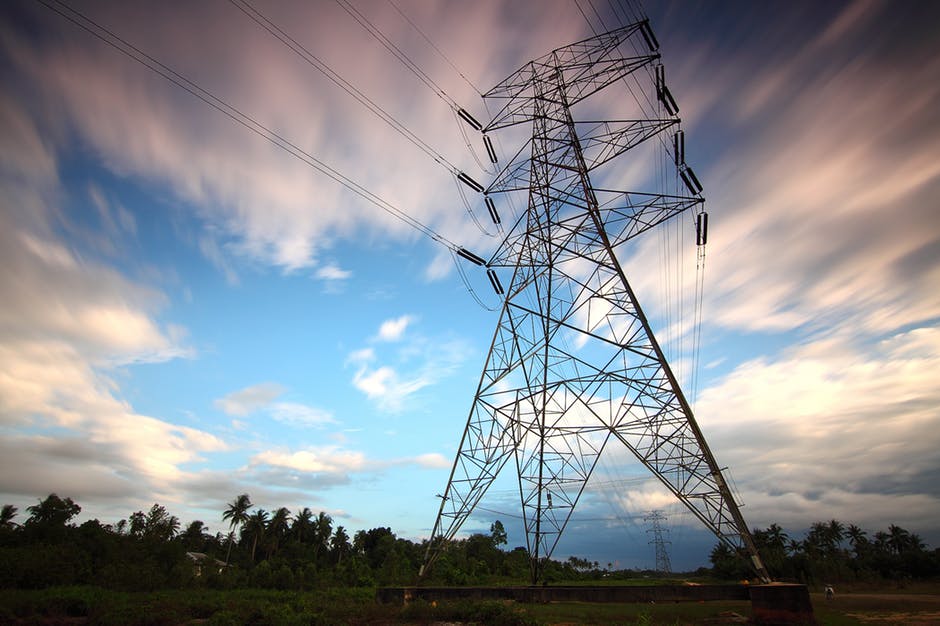Great Britain’s grid hit the greenest it has ever been on Monday 5 April at 1pm, with carbon intensity dropping to 39gCO2/kWh.
A combination of sunny and blustery weather, together with low demand due to it being Easter Monday, helped renewable energy to dominate the mix, said National Grid ESO.
Wind power made up 39%, solar 21% and nuclear 16% at 1pm, meaning zero carbon sources made up almost 80% of the country’s electricity mix.
This allowed emissions to drop to the lowest figure in history, beating the previous record of 46gCO2/kWh set on May 24 2020.
It followed on from a record breaking 2020, which included the first coal-free Christmas ever in Britain. Throughout the year, renewables broke records with solar power hitting its highest ever level of generation (9.7GW) and during several points in May its highest share in the mix (34%).
Wind generation also smashed a number of records through last year, and its streak has continued into 2021 with highest ever level of wind generation broken on 13 February (17.5GW).
Fintan Slye, director at National Grid Electricity System Operator, said the latest record was an example of the “astonishing rate” the transformation of the grid is moving at, as it continues to “harness the growth of renewable power sources”.
“It’s an exciting time, and the progress we’re seeing with these records underlines the significant strides we’re taking towards our ambition of being able to operate the system carbon free by 2025.
“With COP26 later this year records like this couldn’t come at a better time, showing that progress towards greener grids is possible. We look forward to sharing our learnings at COP26 and continuing to help system operators across the world exploit the potential of renewable power.”
The record breaking year for renewables contributed to keeping coal off the grid for over 5,147 hours in 2020, compared with 3,666 hours in 2019, 1,856 in 2018 and 624 in 2017. This included the longest coal-free period since the industrial revolution in Britain, with almost 68 days without the fossil fuel between April 10 and June 16.
As such, just 1.6% of the electricity mix in 2020 came from coal generation, a dramatic drop compared to almost 25% five years ago. This shift is happening at pace ahead of the ban in 2024, with EDF announcing in March that its West Burton A power station will close in September 2022 leaving just one coal-fired station in the country.
Dan Connor, Optimisation Sales manager at Centrica Business Solutions hailed the new low emissions record as “a glimpse at the UK’s future energy system”, but highlighted the need for increased flexibility to manage the peaks and troughs of renewable generation.
Having more flexible grid both at national and local levels will be central to the shift towards net zero he continued, “by avoiding the need to retrospectively balance the grid or curtail renewables, the transition can be managed at the least cost to consumers.
“It’s clear the UK must invest in increased flexibility as it continues to grow the share of renewables within its energy mix. That’s why we’re calling on the government to commit to a clear timetable for change; making flexibility markets accessible to all participants, irrespective of size.”
Read more: CURRENT




